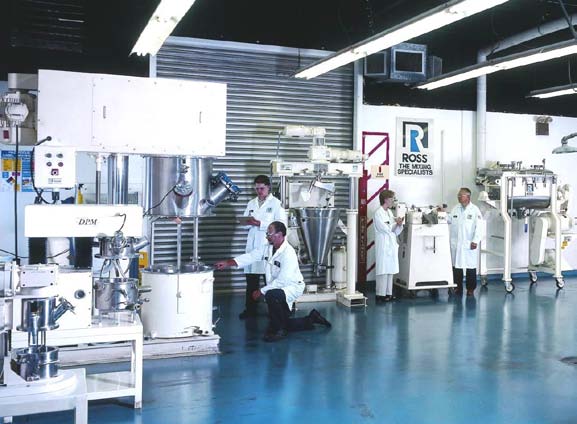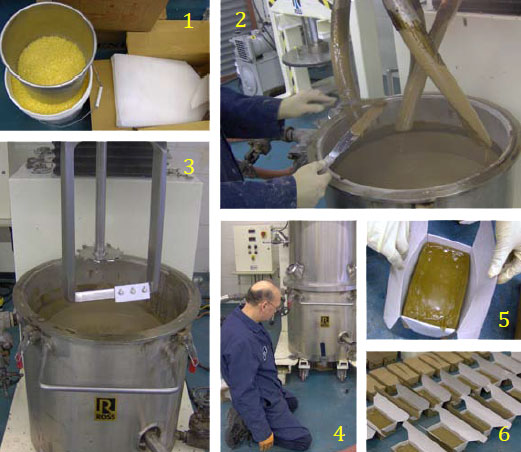Tech Report
Preparing for a mixing trial

Technology Brief
Simulation trials are useful experiments that help identify the right mixer for a specific application and predict machine performance. This bulletin discusses some preparation ideas for a smooth and productive mixer testing.
Mixing simulations
Whether you are establishing a process for a new product, scaling up or upgrading an existing procedure, testing is an essential part of equipment procurement. Simulation trials are especially important when considering mixing equipment since many mixing and blending processes are product-dependent and do not purely rely on mathematical models or calculations. Empirical testing is the surest way of determining the most suitable mixer technology for a particular application. This hands-on approach works best when the main variables - raw materials, temperature, pressure, batch size, etc. - are simulated as close as possible to the actual process.
Where to test
Mixing trials can be performed at your plant using trial/rental equipment or at the mixer manufacturer`s laboratory. Trial renting to run tests on your production floor or R&D lab is advantageous in that you can perform virtually unlimited mixing trials under normalized process conditions. Immediately after mixing, you would also be able to analyze the finished product according to your quality check procedures. Testing at the manufacturer`s laboratory has the benefit of allowing you to evaluate multiple equipment designs and utilize the expertise of mixing engineers who can make valuable suggestions based on their observations of your product`s behavior during and after mixing.
Important preparations
If testing at a mixer manufacturer`s laboratory, below are some important items you can do or research in advance:
- Plan on attending the mixing trial. Some testing laboratories allow unwitnessed simulations but your expertise on the characteristics and properties of your specific product will boost the trial`s chances for success. Plus, you will be able to observe how the mixer is operated, learn useful techniques and identify any potential issues well before the equipment is delivered to your facility.
- Discuss your current method of processing, mixing objectives and application in detail with your sales or technical representative to narrow down the mixer configurations and parameters which would be useful for you to test.
- Indicate the batch size or flow rate that you will require on the actual process. To obtain reliable data for scale-up, a good rule of thumb is to test on a mixer no smaller than 10% of the capacity you are looking to eventually purchase.
- Prepare a control sample for comparison with the trial batches. Check if the manufacturer`s laboratory has analytical equipment that you can use for checking end product quality (particle size analyzer, microscope, moisture balance, Hegman gauge, pH meter, picnometer, etc.). Specialized tests may have to be done back at your facility so be ready with sample containers or boxes/pails for the finished product, MSDS`s and return shipping information.
- If possible, pre-weigh all raw materials for each batch. This will save a lot of time and leave more room for testing and discussion, as needed. Send enough raw materials for an extra run or two, just in case.
Mixing Trial SummaryApplication: EVA-based hot-melt adhesive

1. The starting waxes and resins are charged into the vessel of a Double Planetary Mixer. Heating oil at 470oC is circulated through the mix can jacket to melt the solids.
2. Filler powders are slowly added to the batch through a charge port as the helical planetary stirrers are running. Despite the careful addition, lumps form and resist dispersion.
3. To eliminate the lumps, the mix can is transferred to a same-size Hybrid Planetary Mixer equipped with a rectangular stirrer and a saw-tooth disperser blade.
4-6. Finished product is discharged through the bottom ball valve and into release-lined boxes. Testing confirms that high speed mixing, along with planetary stirring or slow agitation from a stationary-shaft anchor, is required to produce a smooth dispersion of the fillers in this adhesive.